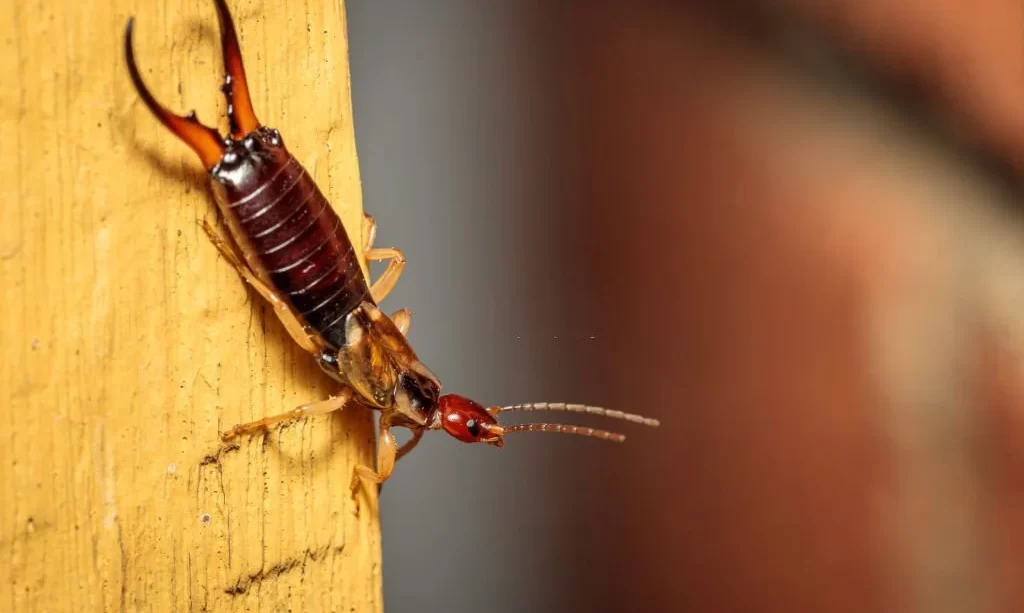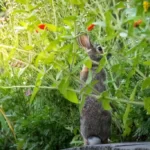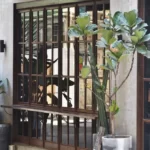Earwigs, with their distinctive pincers and enigmatic appearance, have long been the subject of curiosity and sometimes even fear. These nocturnal insects are often misunderstood, and one common question that arises is whether earwigs feast on wood. In this article, we embark on a journey to uncover the dietary preferences of these intriguing creatures. Do earwigs, in fact, have a taste for wood, or is there more to their culinary choices than meets the eye? To begin our exploration, let’s get better acquainted with the world of earwigs.
Meet the Earwigs
Earwigs, scientifically known as Dermaptera, are small to medium-sized insects known for their elongated bodies and distinctive pincers, technically called cerci. These pincers, which protrude from their abdomen, can appear menacing but are primarily used for defense and mating. Earwigs are typically dark brown or black in color, and they have a flattened appearance. They are found in various habitats, from gardens and forests to urban areas, and are often discovered hiding in damp, dark places during the daytime.
Earwigs’ Diet
Now, let’s dive into the dietary preferences of earwigs. Contrary to the common misconception that earwigs consume wood, their primary diet revolves around decaying plant matter. These opportunistic feeders are often found scavenging on dead leaves, rotting wood, and other organic materials. While they are not exclusive wood-eaters like termites or carpenter ants, earwigs do play a vital role in breaking down organic matter in their environment. Their diet also includes a variety of small insects and their eggs, making them valuable contributors to natural pest control. In essence, while wood is not their main course, earwigs serve a crucial function in ecosystems by aiding in the decomposition of organic matter and helping to keep insect populations in check.
Debunking the Wood-Eating Myth
The notion that earwigs consume healthy, live wood is a common misconception. In reality, earwigs are not equipped to digest or bore into solid wood like some of their distant insect relatives. While they do scavenge decaying wood for sustenance, they do not pose the same level of threat to wooden structures or healthy trees as true wood-boring insects like termites. It’s essential to distinguish between these distinct insect groups to better understand the roles they play in ecosystems and the potential impact they may have on our surroundings.
Earwigs and Garden Damage
Although earwigs don’t have a taste for live wood, they can occasionally become garden visitors. Gardeners may encounter earwigs nibbling on leaves, fruits, vegetables, and tender plants. While their feeding habits can be bothersome, it’s important to note that earwigs are not typically responsible for significant damage to garden crops. In fact, they are often found feeding on other garden pests like aphids and caterpillars, making them accidental allies in natural pest control.
The Importance of Habitat
To better understand and coexist with earwigs, it’s crucial to consider their habitat requirements. Earwigs thrive in damp, sheltered environments, such as under leaf litter, mulch, or stones. By maintaining garden habitats that include these elements, you can encourage earwigs to stay in natural areas rather than venturing into your garden beds. A balanced garden ecosystem that welcomes earwigs alongside other beneficial insects can contribute to overall pest management and ecological diversity.
Conclusion
In summary, earwigs are intriguing insects with a dietary preference for decaying plant matter and a penchant for scavenging in their preferred habitats. While they do not consume live wood and are not a direct threat to wooden structures, they can occasionally visit gardens and feed on plants. However, their role in natural pest control should not be underestimated, as they help keep insect populations in check. Understanding their dietary habits and habitat requirements allows for better coexistence with these enigmatic insects. So, the next time you encounter an earwig, remember that they are not the wood-eating villains of folklore but rather valuable contributors to the intricate web of life in our natural world.




